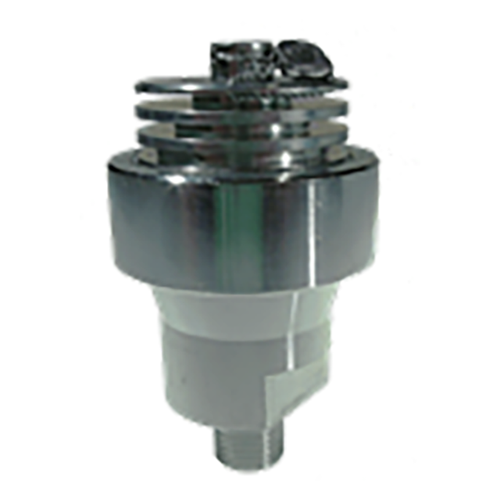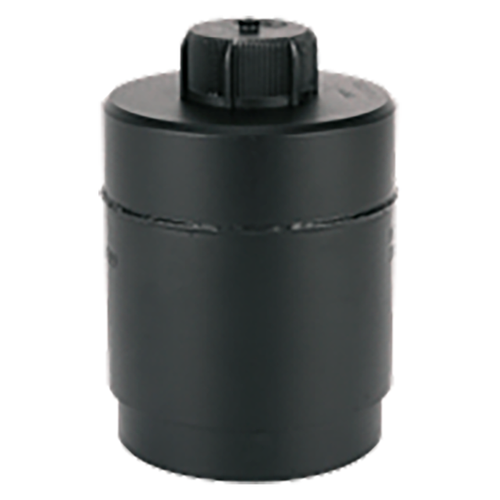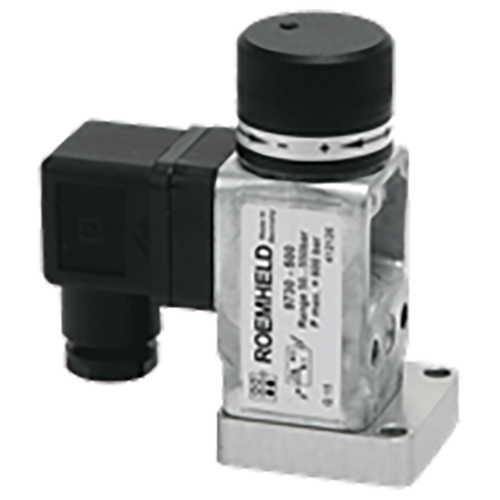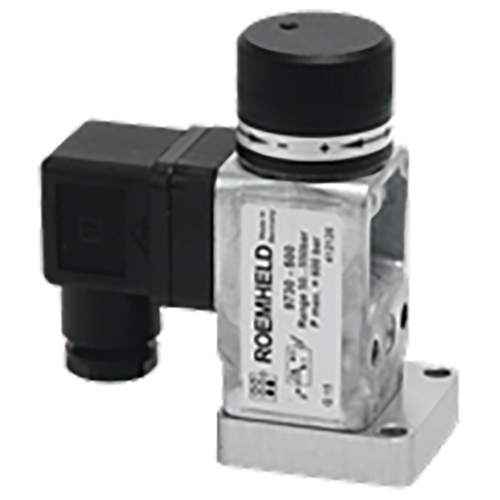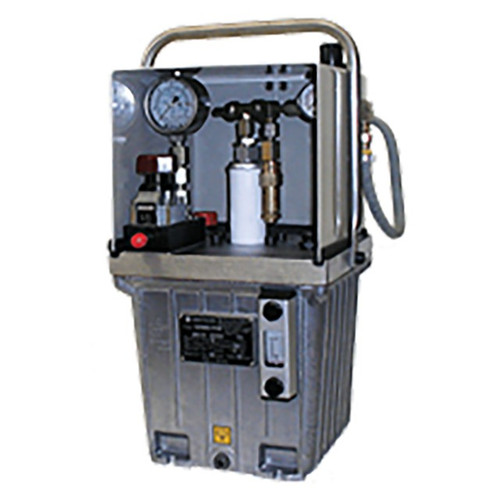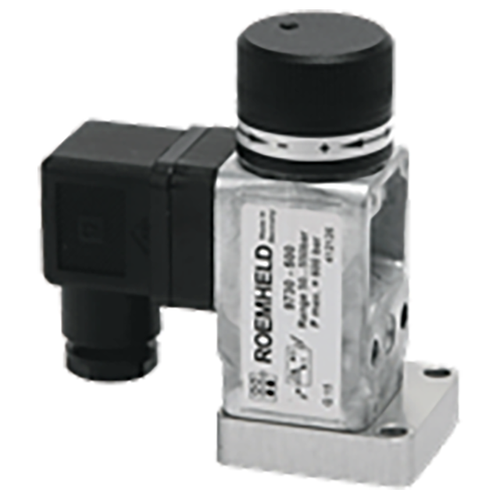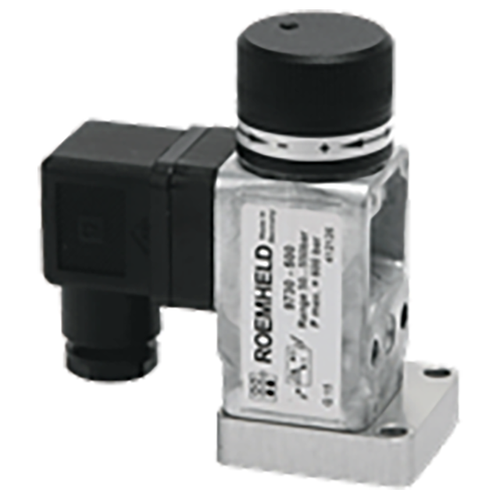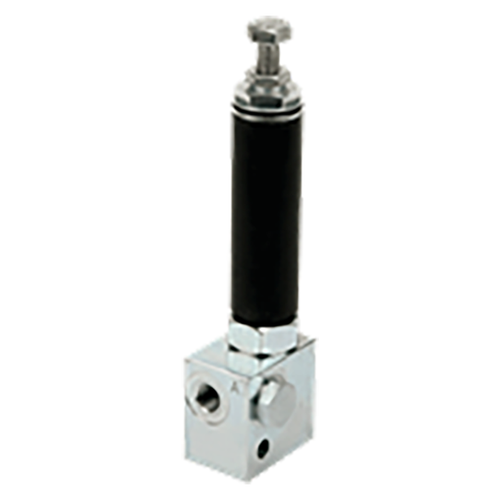Roemheld Accumulators
5800 or 7250 psi maxThese compact, nitrogen-filled diaphragm-type Accumulators are ideal for workholding applications. Hydraulic Accumulators are used on workholding fixtures to 1) store energy, 2) reduce the effect of temperature changes on a closed system, and 3) compensate for slight internal leakage. Energy storage is required where the demanded flow between workholding cycles is greater than the pump flow rate (such as the pressure drop during automatic coupling or indexing operations) and on all disconnected fixtures (such as when additional fluid is required to compensate for slight workpiece movement on disconnected pallet fixtures). Temperature changes in a closed hydraulic system can cause significant changes in pressure (about 80 psi per 1°F). Internal leakage occurs in some hydraulic components, such as Rotary Valve Couplings.
Design Considerations & Safety Precautions
1. Use Pallet Decouplers only with The power-workholding components, because all components must have zero leakage. 2. In a closed hydraulic system, pressure will increase if fixture temperature increases. This increase can be quite substantial (about 80 psi per 1°F). Be careful not to exceed 7250 psi at any time during the machining cycle. Always install a pressure gauge to monitor operating pressure. 3. If the possibility of exceeding 7250 psi exists, install a Pressure-Relief Valve in the system. 4. Allowable operating temperature range is 15 to 175°F. 5. Shield the Accumulator if the possibility of accidental damage exists.
Parts Specification
| Accumulator Size | Maximum Operating Pressure (PSI) | Minimum Operating Pressure (PSI) | Accumulator Volume At Maximum Operating Pressure (cu. In.) | Accumulator Gas Preload (PSI) | Weight (lbs) |
| Compact | 5800 PSI | 1600 PSI | 0.60 cu. in. | 1450 PSI | 0.7 lbs. |
Warning:
This product can expose you to materials and/or chemicals including arsenic, lead, and other materials and/or chemicals which are known to the state of California to cause cancer and/or reproductive harm.
For more information, visit www.P65Warnings.ca.gov

 714.897.1700
714.897.1700
 Chat
Chat
 Email
Email
 Quotes
Quotes
 Quick Order
Quick Order
